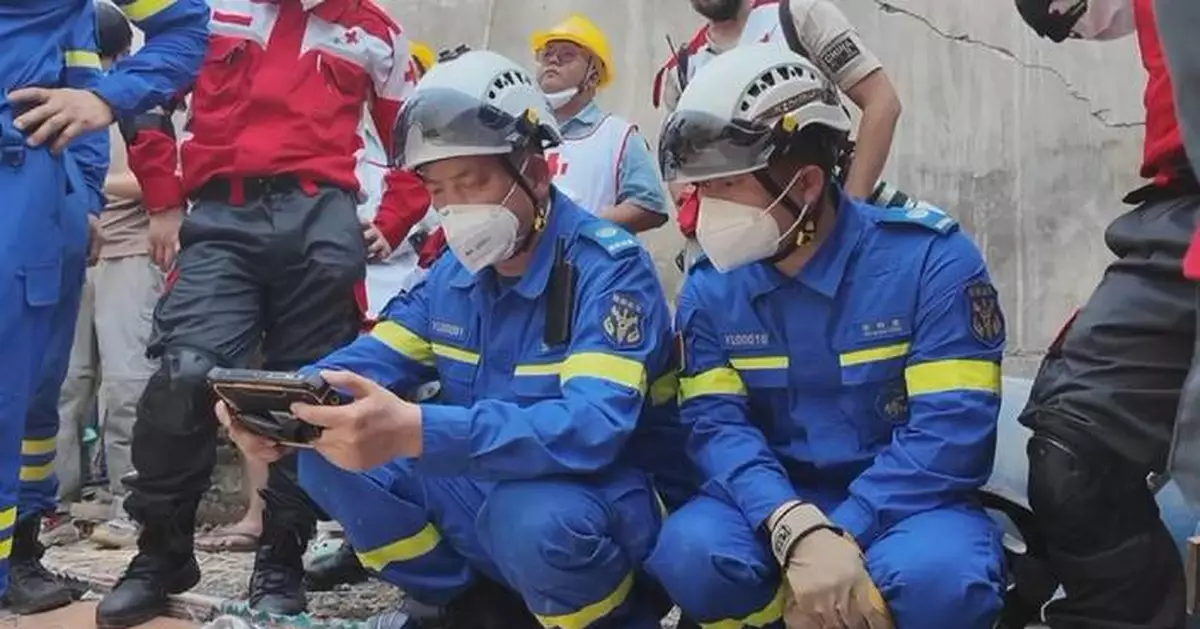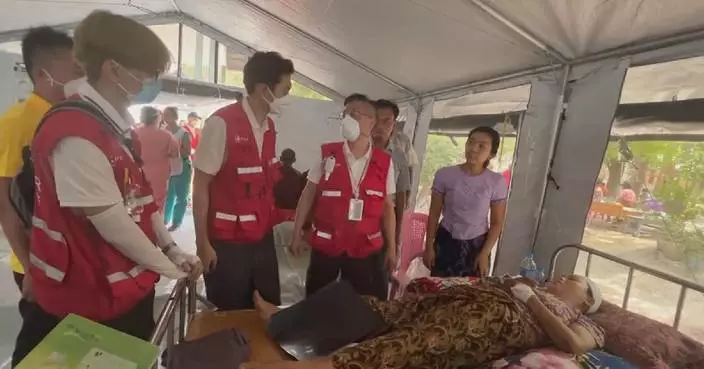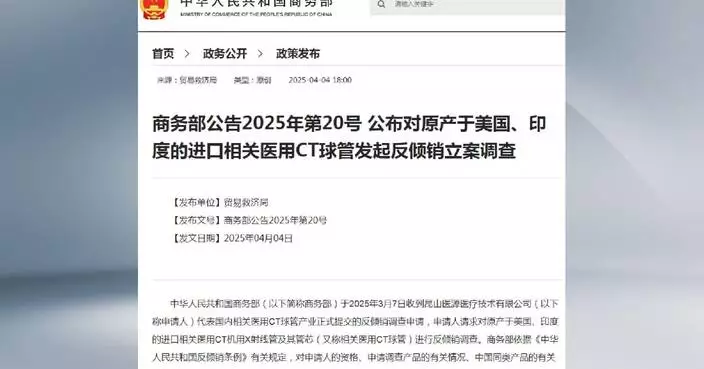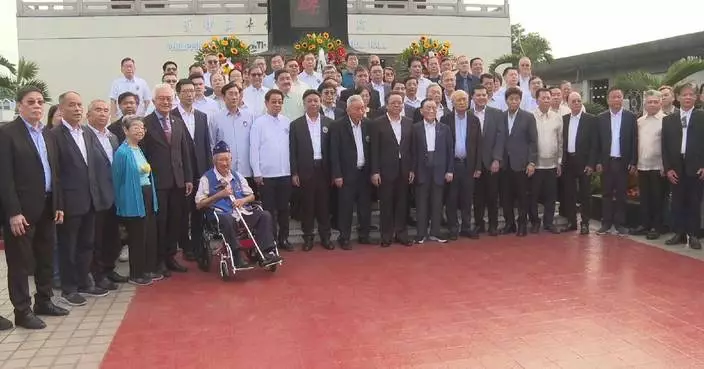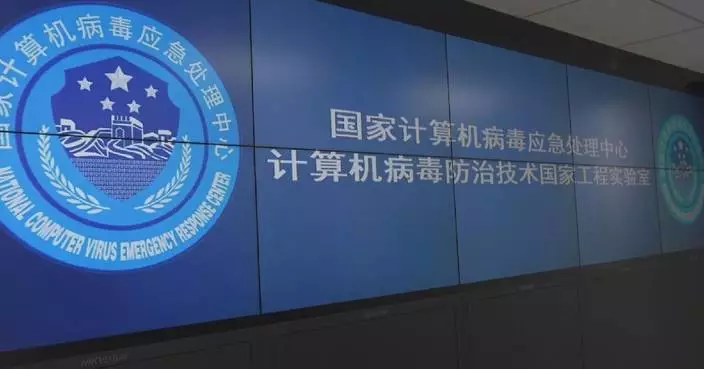Multiple Chinese rescue teams have arrived in the disaster-stricken areas in Myanmar, rushing to work with local responders around the clock to search for survivors following the massive and devastating earthquake that occurred on Friday.
In the hard-hit city of Mandalay, many Chinese rescuers have been working nearly 20 hours to search for lives among collapsed buildings and under the rubble.
Click to Gallery
Chinese, local rescuers race against time in Myanmar quake relief
Chinese, local rescuers race against time in Myanmar quake relief
Chinese, local rescuers race against time in Myanmar quake relief
Chinese, local rescuers race against time in Myanmar quake relief
Chinese rescuers race against time in Myanmar quake relief
The operation has faced significant hurdles with repeated aftershocks in the city complicating the rescue efforts. Despite these challenges, Chinese rescuers have made notable progress, as two dedicated rescue corridors have been established to accelerate the search and rescue process.
So far Chinese teams have rescued six survivors in severely-hit Nay Pyi Taw and Mandalay. The rescuers combed through the ruins of apartments, hotels and hospitals to find signs of life. Continuous aftershocks, power cuts, destroyed roads and communication interruptions made their rescue work even harder.
Meanwhile, more Chinese rescue teams are heading to Myanmar, bringing in earthquake experts, structural engineers, medical personnel and canine units, as well as life detectors, demolition equipment and field hospital systems.
Despite challenges like confined working areas, frequent aftershocks, residual fires and dense smoke, local and international rescuers are racing against time, hoping to save more people as the crucial 72-hour window of earthquake rescue closes.
The death toll from the 7.9-magnitude earthquake in Myanmar has risen to 2,056, with approximately 3,900 people injured and nearly 270 reported missing, according to the country's State Administration Council Information Team on Monday.

Chinese, local rescuers race against time in Myanmar quake relief

Chinese, local rescuers race against time in Myanmar quake relief

Chinese, local rescuers race against time in Myanmar quake relief

Chinese, local rescuers race against time in Myanmar quake relief

Chinese rescuers race against time in Myanmar quake relief
As the Qingming Festival approaches this Friday, various traditional folk activities have been held across China, celebrating the rich cultural heritage of the occasion.
With a 2,500-year history, Qingming Festival, or the Festival of Pure Brightness, observed in early April, uniquely combines ancestral worship with the celebration of spring. Falling on the 15th day after the spring equinox, this ritual-rich observance reflects China's enduring values of ancestral veneration and inspires deep introspection about what gives life meaning.
In Sijia Village, Huayin City, northwest China’s Shaanxi Province, a unique swing festival is held to mark the occasion. Eighteen different types of traditional swings, such as the spinning wheel swing, the Bagua swing reminiscent of a rotating carousel, and the balance swing designed for two people, have attracted many visitors.
Historically, Sijia Village served as a military post guarding the strategic Tongguan pass, a former mountain pass and fortress located south of the confluence of the Wei and Yellow Rivers. The swing tradition in the village has its origins in military training exercises like climbing and river crossing. The local swing culture further developed as regional trade flourished, eventually evolving into the "swing festival" that continues today.
"It's very exciting and tests your skill, endurance, and most importantly, your arm strength. You need to maintain balance," said Qu Xiangyang, a visitor.
In Rudong County, Nantong City, east China's Jiangsu Province, another traditional Qingming activity takes place - kite flying.
Flying kites as a way of making wishes is an age-old Qingming custom in this region. As a result, the Qingming Festival in Nantong is also known as the "Kite Festival."
The local Banyao whistling kite making skills is listed as one of the first national intangible cultural heritage items.
According to a folk culture expert, people traditionally write the names of diseases or misfortunes on paper, attach it to a kite, and release it into the sky. This practice is believed to drive away illness and disaster, while also serving as a way to make wishes.
In south China's Guangdong Province, a large tug-of-war competition is underway in Maoming City. Teams from different towns and streets are competing, attracting many locals to cheer on their teams.
Tug-of-war, which originated during the late Spring and Autumn period (770 BC - 476 BC), became part of Qingming customs during the Tang Dynasty (618-907). Emperor Xuanzong of the Tang Dynasty once organized large-scale tug-of-war competitions for the festival.
"Tug-of-war became very popular in the Tang Dynasty, even emerging as the national sport. It originated in the Jingchu region and later spread across the country. In ancient Lingnan (Southern China), tug-of-war games were a common tradition. Through these events, people seek to pray for peace, prosperity, and abundant harvests," said Yao Guojun, vice dean of the College of Arts and Law, Guangdong University of Petrochemical Technology.
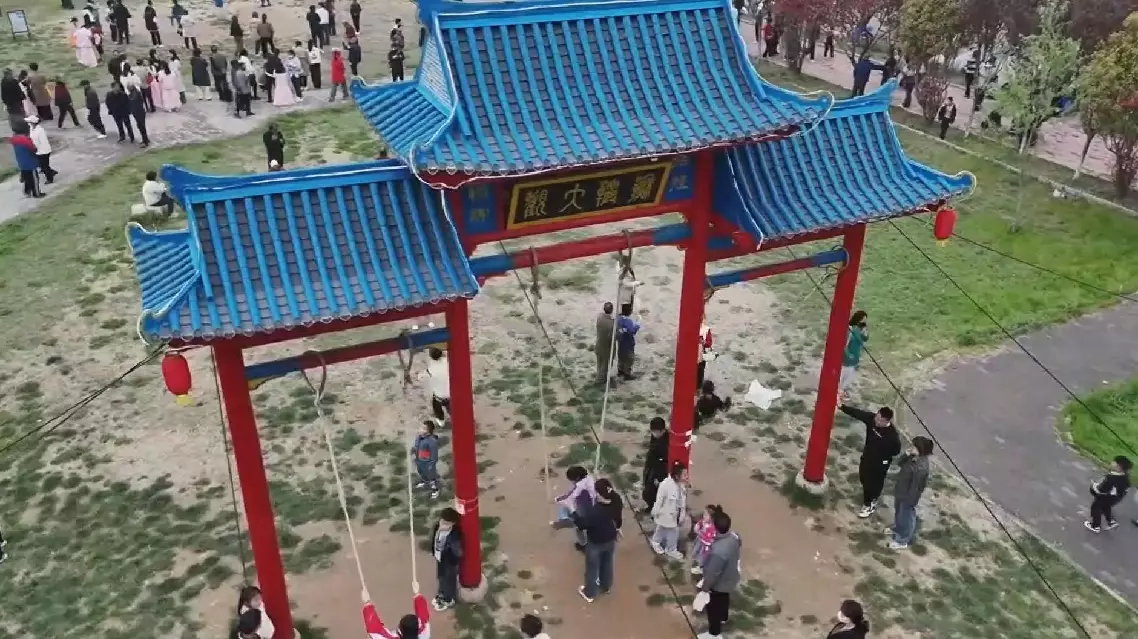
Traditional folk activities held for Qingming Festival







